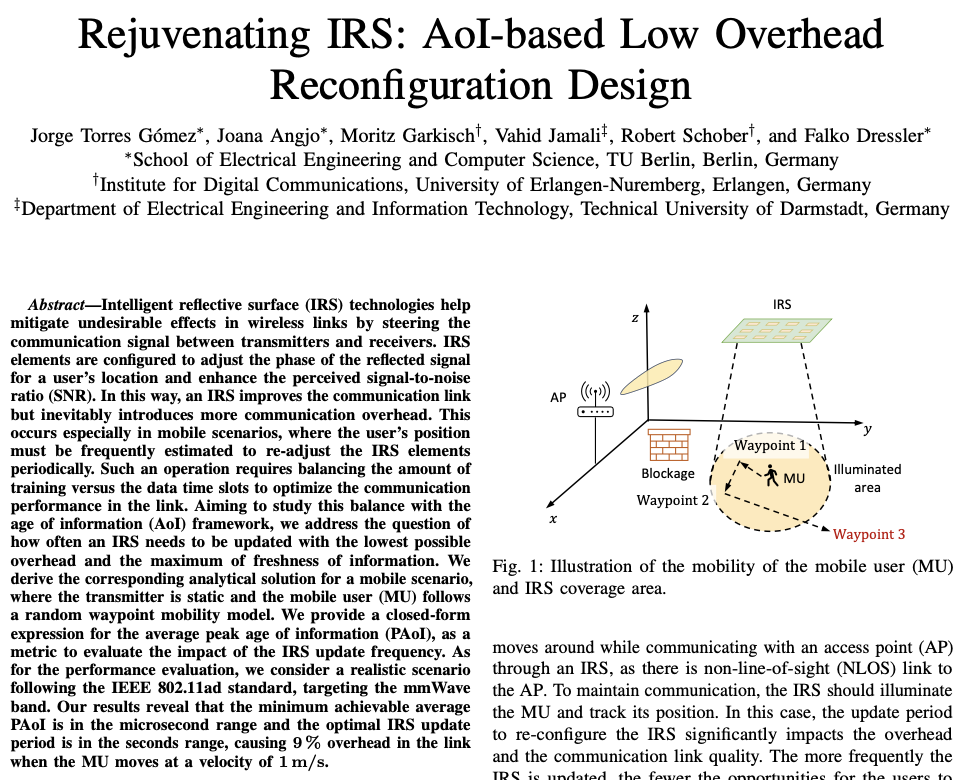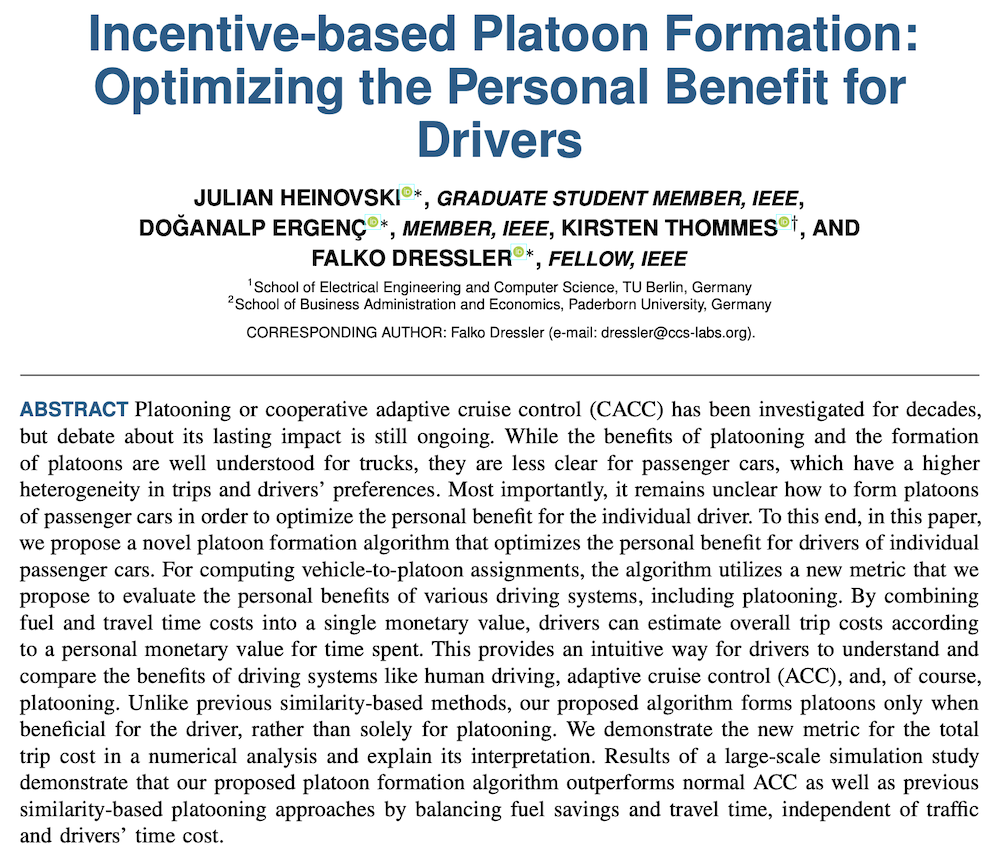Literature Database Entry
erlacher2016avarange
Felix Erlacher, Bernhard Weber, Jan-Thomas Fischer and Falko Dressler, "AvaRange - Using Sensor Network Ranging Techniques to Explore the Dynamics of Avalanches," Proceedings of 12th IEEE/IFIP Conference on Wireless On demand Network Systems and Services (WONS 2016), Cortina d'Ampezzo, Italy, January 2016, pp. 120–123.
Abstract
Snow avalanches are an ever-present reality in alpine regions - They can cause heavy damage to settlements and infrastructure. Thus, understanding the behavior and the dynamics of avalanches is an important challenge. Current modeling and simulation techniques of avalanche dynamics do not yet consider a precise description of the inner dynamics. In this paper, we present AvaRange, a measurement based approach towards a better understanding of these dynamics. AvaRange adapts ranging techniques that we successfully applied to sensor networks to track particles that move with the avalanche. In particular, we place sensor nodes in rugged spheres and deploy them in an avalanche slope. The idea is that after triggering the avalanche, the sensor nodes collect ranging data to determine their relative position. We present first results of ranging techniques in snow fields from a series of experiments that confirm the feasibility of our approach.
Quick access
Authors' Version ![]() (PDF on this web site)
(PDF on this web site)
BibTeX ![]()
Contact
Felix Erlacher
Bernhard Weber
Jan-Thomas Fischer
Falko Dressler
BibTeX reference
@inproceedings{erlacher2016avarange,
author = {Erlacher, Felix and Weber, Bernhard and Fischer, Jan-Thomas and Dressler, Falko},
title = {{AvaRange - Using Sensor Network Ranging Techniques to Explore the Dynamics of Avalanches}},
pages = {120--123},
publisher = {IEEE},
address = {Cortina d'Ampezzo, Italy},
booktitle = {12th IEEE/IFIP Conference on Wireless On demand Network Systems and Services (WONS 2016)},
month = {1},
year = {2016},
}
Copyright notice
Links to final or draft versions of papers are presented here to ensure timely dissemination of scholarly and technical work. Copyright and all rights therein are retained by authors or by other copyright holders. All persons copying this information are expected to adhere to the terms and constraints invoked by each author's copyright. In most cases, these works may not be reposted or distributed for commercial purposes without the explicit permission of the copyright holder.
The following applies to all papers listed above that have IEEE copyrights: Personal use of this material is permitted. However, permission to reprint/republish this material for advertising or promotional purposes or for creating new collective works for resale or redistribution to servers or lists, or to reuse any copyrighted component of this work in other works must be obtained from the IEEE.
The following applies to all papers listed above that are in submission to IEEE conference/workshop proceedings or journals: This work has been submitted to the IEEE for possible publication. Copyright may be transferred without notice, after which this version may no longer be accessible.
The following applies to all papers listed above that have ACM copyrights: ACM COPYRIGHT NOTICE. Permission to make digital or hard copies of part or all of this work for personal or classroom use is granted without fee provided that copies are not made or distributed for profit or commercial advantage and that copies bear this notice and the full citation on the first page. Copyrights for components of this work owned by others than ACM must be honored. Abstracting with credit is permitted. To copy otherwise, to republish, to post on servers, or to redistribute to lists, requires prior specific permission and/or a fee. Request permissions from Publications Dept., ACM, Inc., fax +1 (212) 869-0481, or permissions@acm.org.
The following applies to all SpringerLink papers listed above that have Springer Science+Business Media copyrights: The original publication is available at www.springerlink.com.
This page was automatically generated using BibDB and bib2web.







